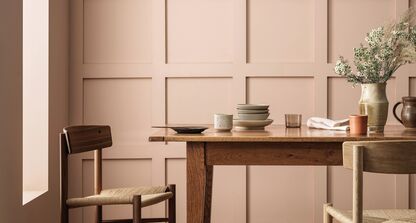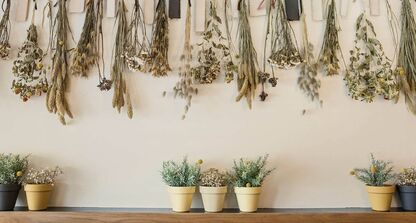How do I prepare a floor to tile?
Surface preparation:
Tiles can be fixed to most floors, but the surface must be properly prepared, suitably level, sound, clean, dry, and free of dust, grease or any loose material. All surfaces must be completely secure without any obvious deflection and the surface should be capable of carrying the additional load.
Special care must be taken when tiling areas which may become damp or wet. When tiling walls with floor tiles consideration must be given to weight as floor tiles are often heavier than wall tiles. Our sales teams will be happy to confirm the weight of the tiles so you can confirm their suitability. Also, you should include 3kg per m2 in your calculation to allow for the weight of the adhesive and the grout.
Sand and cement screeds:
New concrete floors must be allowed to dry for a minimum of six weeks. Residual traces of laitance and curing agents should be mechanically removed before tiling begins. Further drying time may be necessary, depending on the weather and site conditions. A new screed may shrink as it dries and this may result in cracks across the screed. If tiles are fixed before it is dry and cracking does occur it is likely that the cracks will appear across the tiles too. Ensure, then, that the screed is suitably dry and stable before any tiling is started. Any movement or day joints in the screed must be carried through into the tiled surface with the use of an expansion joint.
Anhydrite or fast setting screeds:
The screed must be fully dry in accordance with the manufacturer’s recommendations and lightly sanded to remove all traces of laitance/dust. Prime using progressively stronger coats of Norcros Prime Bond.. Initially apply a 1:4 parts water dilution and, when dry, follow with a 1:3 dilution at 90 degrees to the first coat. If, after these two coats the surface is still absorbent, apply a further coat at a 1:2 dilution and leave to dry.
Bumps and hollows in screeded floors:
Where bumps or hollows exist that exceed the chosen adhesive’s recommended fixing bed you should level the floor using Norcros Pro 50 Floor Levelling Compound, which is suitable for use up to a depth of 50mm without risk of shrinking or cracking. Fired Earth standard set and fast-set adhesives can be used up to a depth of 10mm in isolated areas. Norcros thick bed adhesive may be used up to a depth of 25mm.
Suspended timber floors:
The floor should be rigid, non-flexing and stable enough to bear the additional load. To minimise the damaging effect of lateral movement in the floor surface, we recommend the floor is prepared using Fired Earth Fleximat. If the suspended timber floor is subject to vertical movement, the floor must be overlaid with 15mm plywood over the existing timber, which should be screwed down at 150mm centres.
Floating insulated floors:
If a floating insulated floor (polystyrene with water-resistant chip board over it) is subject to vertical movement the floor must be braced by screwing and gluing WPB plywood to its surface, or removing some of the boards so 'bearers' can be fitted below to provide further support. Seal all the surfaces of the plywood boards with Norcros Prime Bond.







